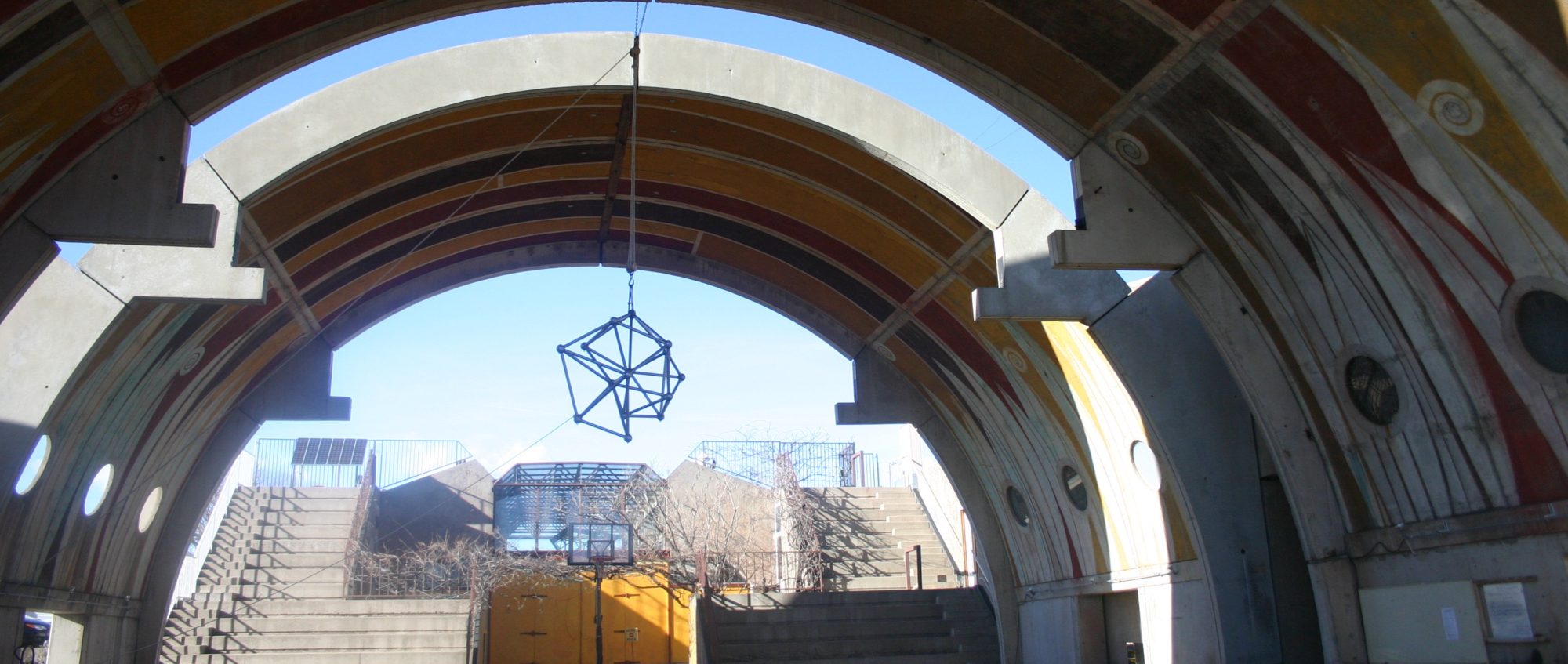Twenty faces. It has been more than a week since I’ve seen them. Yet, I believe, if I had the kind of talent court room sketch artists have, I could draw each and every member of that crew. I hope I could do justice to their expressions. There was an underlayment of exhaustion, but more striking was how present they all were, as in “be here now” present. I was struck by how alike their body types were in terms of size and fitness. This group was beyond fit. They looked indefatigable. This was my brief, unforgettable encounter with an elite Hotshot crew.
Seated around a large table at a local restaurant, they were on a much needed break from any one of several surrounding fires. Most likely they’d been on the Hendrix Fire and very likely bound back soon. These men and women were all wearing the same team shirt, I never got down to reading the details because I was so focused on their faces. I read enough to see the shirts identified them as one of the more than 100 Hotshot fire crews in the US. I wish now I had paid attention to which one. I and the people I was with paused at their table just long enough to offer them our thanks for their tireless efforts and wish them well. Each of them exhausted, hungry, thirsty, still, their eyes looked up and returned our look with genuine appreciation for our thanks. Some said “You’re welcome” some “Thank you” and some smiled and nodded. Their focused eye contact stays with me. Yes, I believe it would be the eyes I could do most justice to if I were able to sketch them.
Whenever our smoke level from surrounding fires gets so strong we can taste it and most of the town dons N-95 or P-100 masks, I am grateful to all the firefighters and firefighting support crews out there, from air to ground. I hope they are safe. Now I have faces to put to some of those firefighters thanks to my brief encounter with this elite Hotshot crew.
Interagency Hotshot Crews (IHCs) are sponsored by the US Forest Service, National Park Service, Bureau of Land Management, Bureau of Indian Affairs, and various state and county agencies. These crews are sent to the hottest part of a fire, hence, Hotshot, but Merriam-Webster’s definition also seems rather appropriate: “…a person who is conspicuously talented or successful.” The crews are usually made up of 18 – 20 firefighters who have worked their way up through the ranks and then passed additional rigorous physical fitness standards.
“In the world of wildland firefighting today, the hotshot crews are similar to the Special Forces in the military,” said Dick Smith, a retired firefighter who spent 38 years fighting wildfires with the U.S. Forest Service. “They’re highly trained and can meet the highest physical requirements.” (Who Are the Hotshots? A Wildland Firefighting Primer, Melody Kramer, NATIONAL GEOGRAPHIC NEWS, July 2, 2013)
As an example, candidates for one particular hotshot crew have to pass a “Pack Test” which is to walk 3 miles with a 45 pound backpack in 45 minutes or less, and “complete a series of physical activities, ranging from 40 sit-ups in 60 seconds to 7 pull-ups to a 1.5-mile (2.4-kilometer) run in just under 11 minutes.” Once accepted, they continue to take their training seriously.
“You run for miles and you put on all of your gear—it’s about 40 pounds [18 kilograms]—and you walk straight up the side of a mountain until you get to the top and then you come back down and do it again,” explained Frank Carroll, a retired U.S. Forest Service public-information officer and former hotshot squad boss. “You do push-ups and pull-ups and you run some more.” (Who Are the Hotshots? A Wildland Firefighting Primer, Melody Kramer, NATIONAL GEOGRAPHIC NEWS, July 2, 2013)
There is some disagreement about when the term was first used. The Civilian Conservation Corps (CCC established 1933) were the first to create crews specifically for fighting fires. One of the earliest crews named “Hotshot” was part of the CCC camp in the San Bernardino National Forest of Southern California. Different sources cite the first hotshot crews as the Del Rosa and Los Padres Hotshots (1946) or the Del Rosa and El Cariso Hotshots (1947).
Whatever their history, these men and woman we saw looked the part. A typical “day at the office”? During peak fire season, they can be away from home several weeks at a time working an average of 16 hours straight sometimes up to 64 hours without sleep. Home for these hotshot crews, if they are lucky, is their vehicle which carries them and all the gear they need to make them self-sufficient for several days. These crew haulers or transporters are also known as Buggies, Crummies, or the Box. Sometimes these crews rappel in from helicopters to areas so remote and with terrain so difficult they cannot get there any other way.
It was an honor to dine at the same restaurant as this hotshot crew. I’m guessing and hoping they got at least one night with a sit down dinner and a hotel bed. I stand in awe of these selfless people and all the people it takes to fight wildfires from support crews, hand crews, fixed wing air crews, and helicopter crews. Thank you and to quote Michael Conrad as Sergeant Phil Esterhaus “…let’s be careful out there.”
###
Sources:
Who Are the Hotshots? A Wildland Firefighting Primer
Interagency Hotshot Crew, Wikipedia




